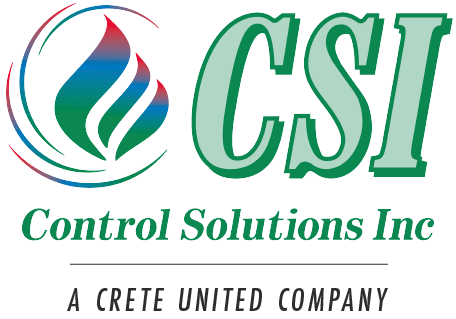Tips & Strategies taken from Xcel Energy Resource Library
Making sure that your HVAC system is regularly cleaned and serviced can help to prevent costly heating and cooling bills.
Check the economizer. Many air-conditioning systems use a dampered vent called an economizer that draws in cool outside air when it is available to reduce the need for mechanically cooled air. If not regularly checked, the linkage on the damper can seize up or break. An economizer stuck in the fully open position can add as much as 50 percent to a building’s annual energy bill by allowing hot air in during the air-conditioning season and cold air in during the heating season.
Have a licensed technician check, clean, and lubricate your economizer about once a year, and repair it if necessary. If the economizer is still operating, have the technician clean and lubricate the linkage and calibrate the controls. Check air-conditioning temperatures. With a thermometer, check the temperature of the return air going to your air conditioner and then check the temperature of the air coming out of the register that is nearest the air-conditioning unit. If the temperature difference is less than 14° Fahrenheit (F) or more than 22°F, have a licensed technician inspect your air-conditioning unit.
Change the filters. Filters should be changed on a monthly basis, or more often if you are located next to a highway, construction site, or other place where the air is dirtier than usual.
Check the cabinet panels. On a quarterly basis, make sure the panels to your rooftop air-conditioning unit are fully attached, with all screws in place and all gaskets intact so that no air leaks out of the cabinet. Chilled air leaking out can cost $100 per rooftop unit per year in wasted energy.
Clean the condenser coils. Check the condenser coils quarterly for either man-made or natural debris that can collect in them. At the beginning and end of the cooling season, thoroughly wash the coils.

